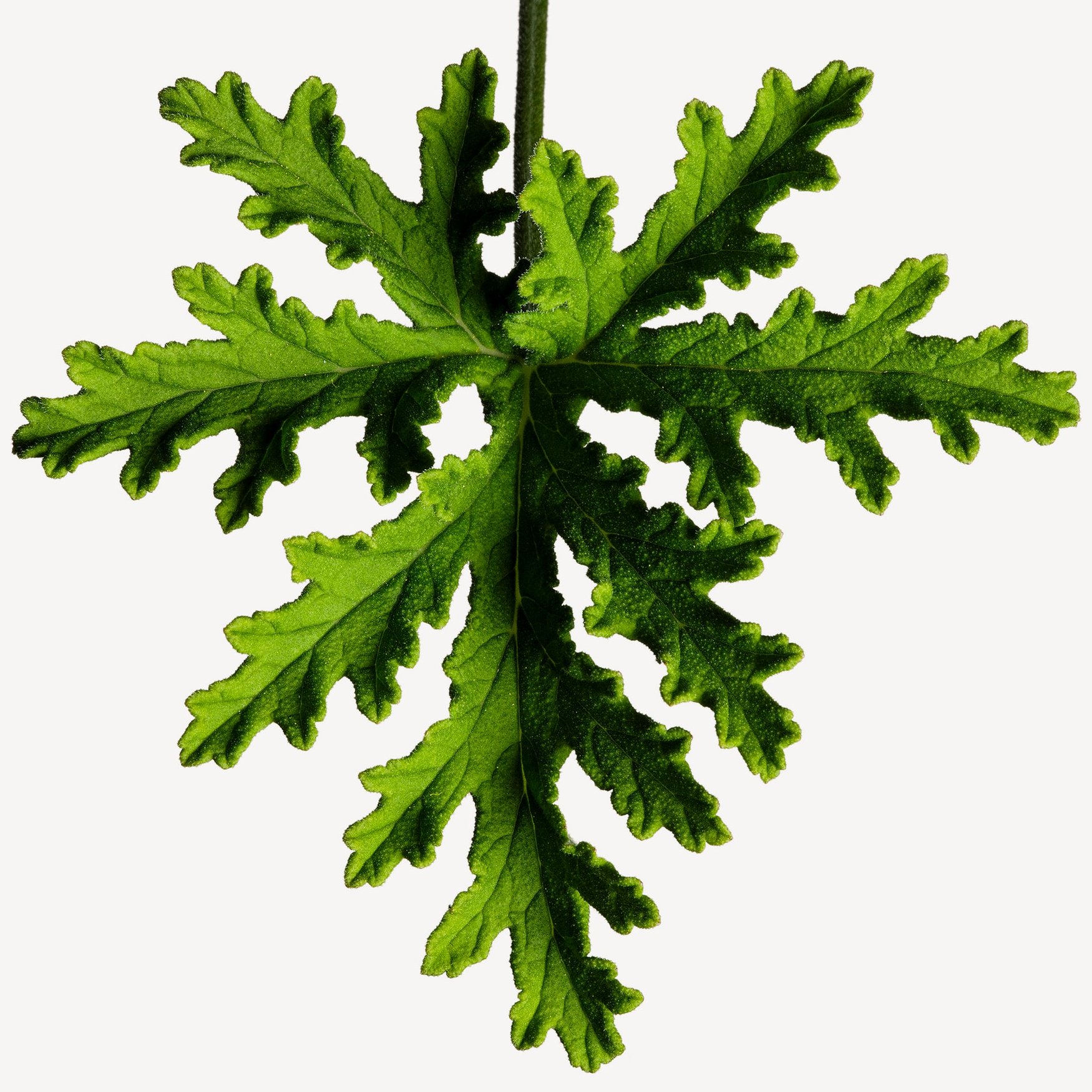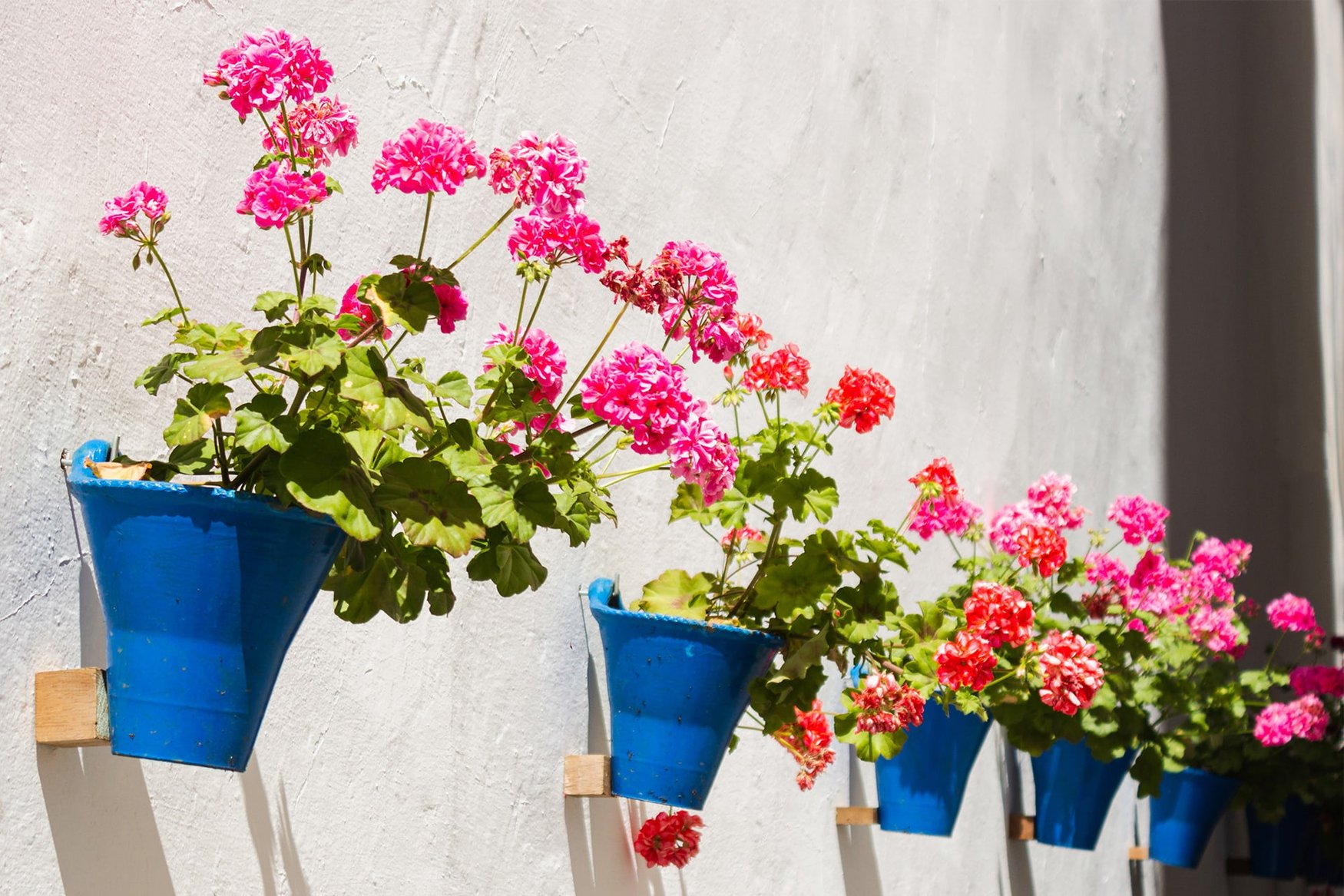Geranium
Rose, minty, spicy, lemon balm.
An aromatic note often likened to the oh-so-sweet scent of rose. However, distinct facets of bright lemon and undertones of sharp green give the geranium its distinctly unique profile. Geranium is popularly used in fougère and rose accords, adding a characteristically sharp, vibrant tang to a range of fragrances.
Data sheet
- Type
- Extraction Method
- Used parts
- Natural raw material
- Steam distillation
- Stems and leaves





